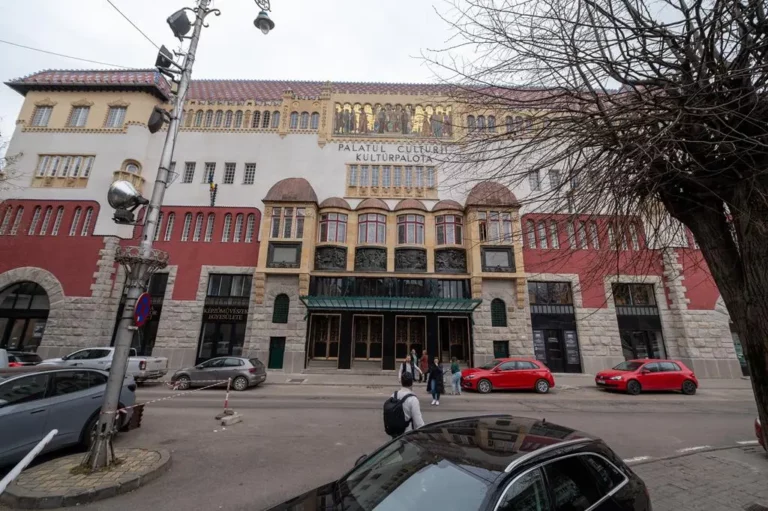Transylvania
FM Szijjártó: Strong ethnic Hungarian RMDSZ party to boost Romania-Hungary ties

Hungarian government: ‘we stand by Szekler freedom’

PHOTOS: Culture Palace of Marosvásárhely became sublime

Hungarian OTP Bank leaves Romania after 20 years

PHOTOS: Hungarian Renaissance palace beautifully restored and open to visitors

Romanian PM Ciolacu: let’s forget the nonsense that Transylvania is not Romanian land

PHOTOS: President Novák recognises Transylvanian Bishop Kató with Hungarian Order of Merit

PHOTOS: Transylvanian city only European to rank among world’s top tourist destinations

PHOTOS: Hungarian research team finds dinosaur remains near Vajdahunyad

Hungarian inscription adorns iconic building in Cluj-Napoca’s center

Background of Hungarian politicians involved in the tragic accident of Szeklerland?

Romania to discuss draft autonomy bills for Szeklerland and Hungarians in Transylvania

British PM receives drawing by Szekler girl for Christmas

Hungarian government sends emergency aid to school in Szeklerland

Dormitory collapsed, Hungarian student died, three seriously injured – UPDATED

DNA of our Romanian neighbours has shown that their theory of origins needs to be rethought

New Romanian proposal would split Szeklerland in two

PHOTOS: Beautiful Hungarian castle renewed






